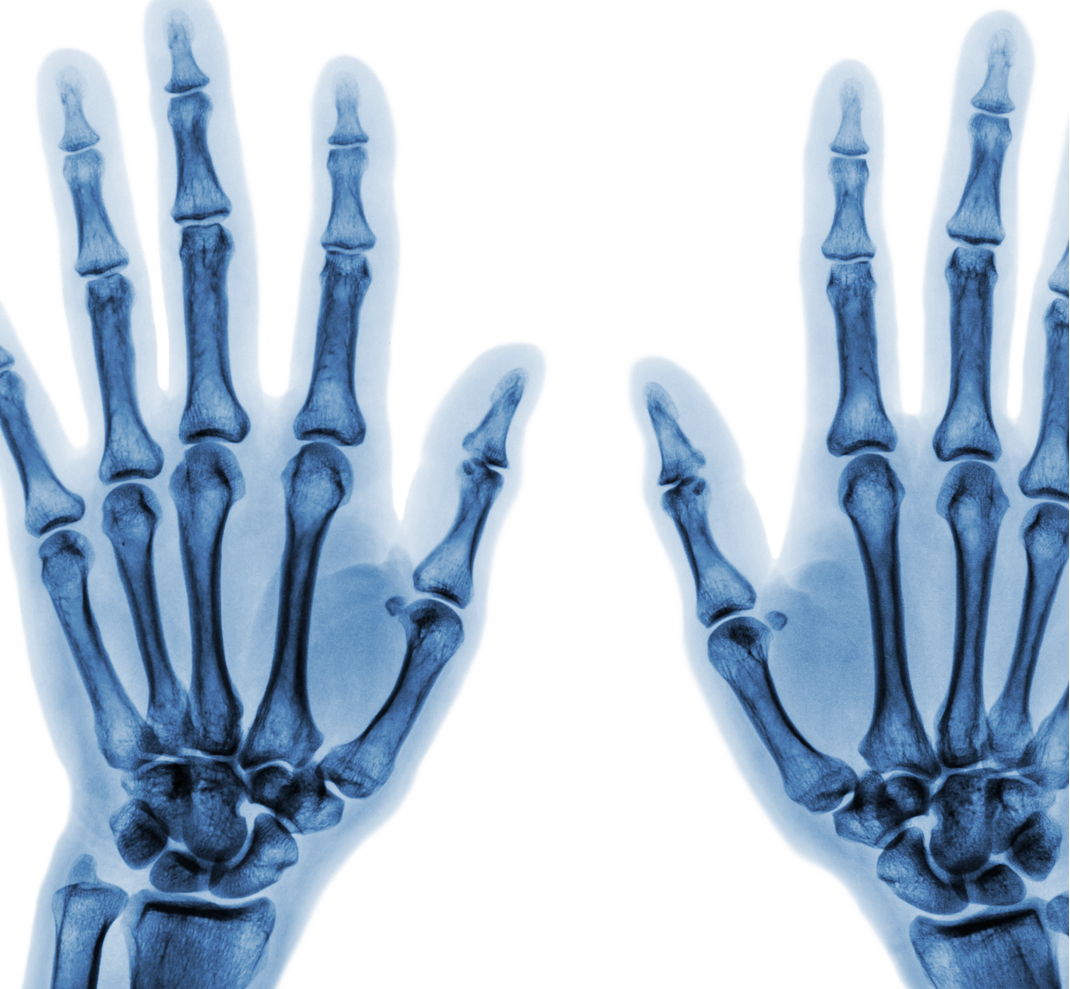Long-Term Cumulative Joint Inflammation Linked to Joint Damage Progression in Rheumatoid Arthritis
In the post-hoc analysis, an association between cumulative local joint swelling and progression of radiographic damage in the same joint was observed in patients with rheumatoid arthritis.
In patients with rheumatoid arthritis (RA), long-term cumulative local joint inflammation was linked to radiographic damage progression in the same joint, according to a study published in Rheumatic and Musculoskeletal Diseases.1

“Recently, we have shown that joints, having been inflamed once, are prone to recurrent local inflammation despite systemic treatment to target,” investigators explained. “This raises the question whether in joints with persistent or recurrent arthritis, local inflammation might have a frequency-dependent effect on local joint damage progression despite targeted, mainly systemic, treatment.”
In the post-hoc analysis, data from the BehandelStrategieën, Dutch for treatment strategies (BeSt) study was collected from 473 patients with RA and radiographic information. During the study, patients were treated to target, defined as a Disease Activity Score of ≤2.4, for a median of 10 years. Clinical visits, which evaluated swelling and tenderness, occurred every 3 months and radiographs of hands and feet were performed yearly.
Any association between visits at which cumulative inflammation and radiographic joint damage were observed in the same joint was assessed using a generalized linear mixed model with joints clustered within patients to account for dependency of different joints in the same patient. Inflammation was defined as joint swelling, either with or without joint tenderness. Damage was determined by the percentage of the maximum possible Sharp-Van der Heijde score in a joint. Secondary analyses involved exploring joint tenderness without joint swelling. Only patients with baseline radiographic and clinical information and at least 1-year follow-up were eligible for inclusion.
In patients with at least 1 year of follow-up, 80% (n = 377) had radiographic progression and the median Sharp van der Heijde score progression from baseline was 1.5 (IQR 0–8.25). Of the 15,846 joints assessed, 16% (n = 2495) had radiographic joint damage, as defined by a damage score of ≥0.5, with a mean ±SD damage score of 2.5±3.5.
An association between cumulative local joint swelling and progression of radiographic damage in the same joint was detected (β=0.14, 95% CI 0.13 to 0.15). Similar associations occurred in a subset of joints that were swollen 1 or more times. Cumulative joint inflammation and subsequent radiographic damage was seen in both joint space narrowing and erosions, most notably in joint space narrowing. For patients who completed 10 years of follow-up, a link between local radiographic damage and local joint swelling was also observed (β=0.25, 95% CI 0.23 to 0.26). Joint tenderness without swelling was less strongly associated with the progression of radiographic joint damage (β=0.04, 95% CI 0.03 to 0.05).
The study was strengthened by the frequent clinical and radiographic evaluations, as well as the long-term follow-up duration and performing analyses on a joint level. However, only including hand and foot joints meant that investigators were not able to evaluate inflammation and damage in other joints. Additionally, a casual effect of cumulative inflammation on damage could not be inferred based on analyses.
“Our results suggest that this is a local effect that is not sufficiently inhibited by targeted treatment, even though systemic inflammation is suppressed,” investigators concluded. “The results also indicate that swollen and, to a lesser extent, tender joint counts are a valuable treatment target. Further research is needed to find new treatment strategies to further prevent joint damage. Furthermore, additional radiographic follow-up might be needed for joints with (frequent) clinical inflammation.”
Reference:
Heckert SL, Bergstra SA, Goekoop-Ruiterman YPM, et al. Frequency of joint inflammation is associated with local joint damage progression in rheumatoid arthritis despite long-term targeted treatment. RMD Open. 2023;9(1):e002552. doi:10.1136/rmdopen-2022-002552